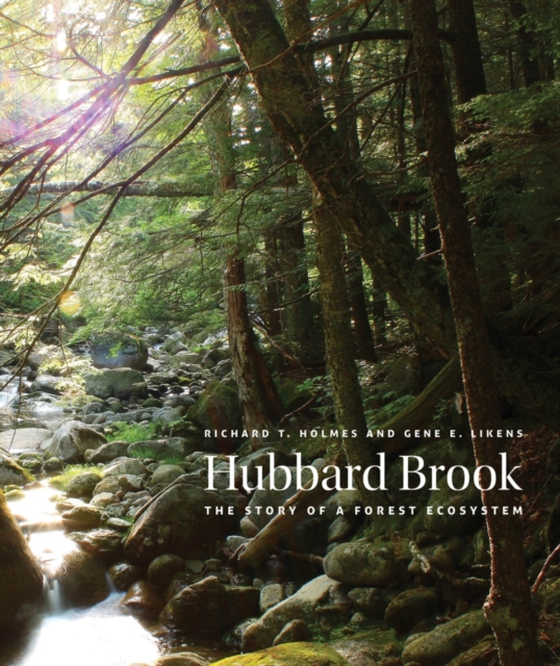
Hubbard Brook e-bog
288,10 DKK
(inkl. moms 360,12 DKK)
A beautifully illustrated overview and synthesis of how scientists have used a living forest as an experimental laboratory for more than 50 years For more than 50 years, the Hubbard Brook Experimental Forest in the White Mountains of New Hampshire has been one of the most intensely studied landscapes on earth. This book highlights many of the important ecological findings amassed during the lon...
E-bog
288,10 DKK
Forlag
Yale University Press
Udgivet
24 maj 2016
Længde
272 sider
Genrer
1KBBEH
Sprog
English
Format
pdf
Beskyttelse
LCP
ISBN
9780300220780
A beautifully illustrated overview and synthesis of how scientists have used a living forest as an experimental laboratory for more than 50 years For more than 50 years, the Hubbard Brook Experimental Forest in the White Mountains of New Hampshire has been one of the most intensely studied landscapes on earth. This book highlights many of the important ecological findings amassed during the long-term research conducted there, and considers their regional, national, and global implications. Richard T. Holmes and Gene E. Likens, active members of the research team at Hubbard Brook since its beginnings, explain the scientific processes employed in the forest-turned-laboratory. They describe such important findings as the discovery of acid rain, ecological effects of forest management practices, and the causes of population change in forest birds, as well as how disturbance events, pests and pathogens, and a changing climate affect forest and associated aquatic ecosystems. The authors show how such long-term, place-based ecological studies are relevant for informing many national, regional, and local environmental issues, such as air pollution, water quality, ecosystem management, and conservation.
 Dansk
Dansk

